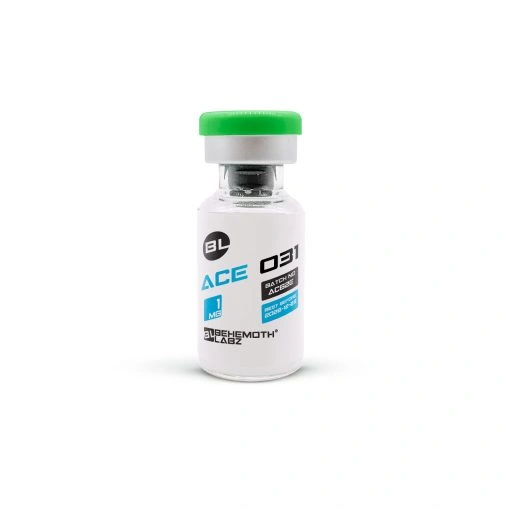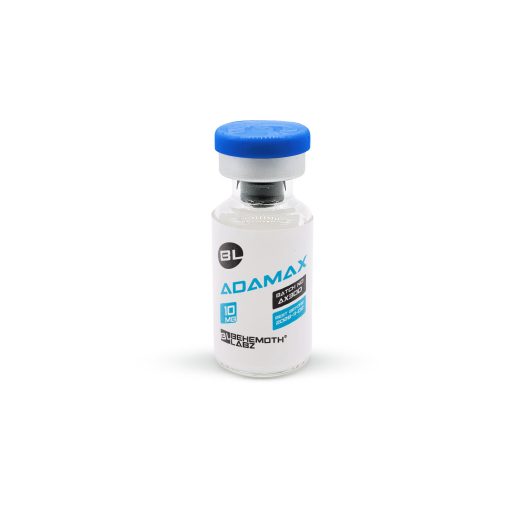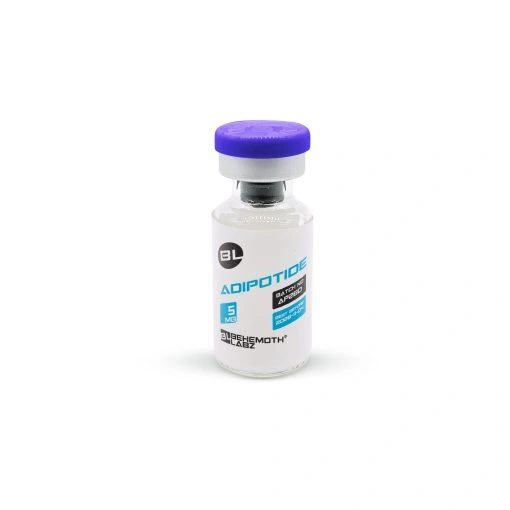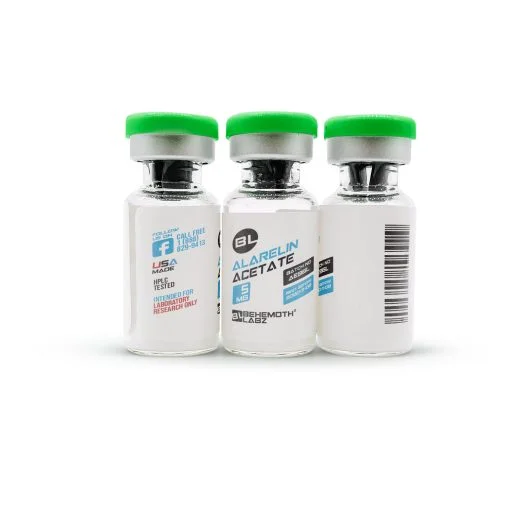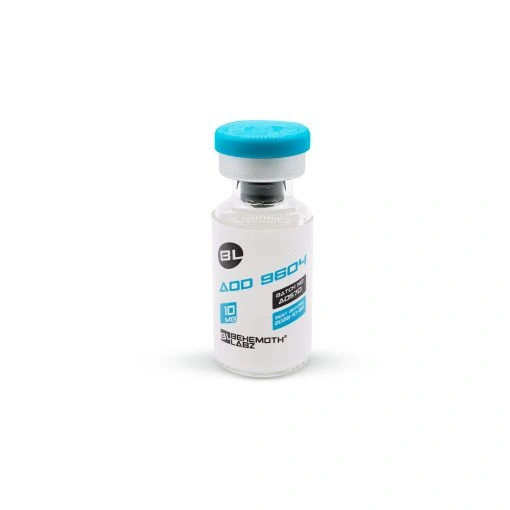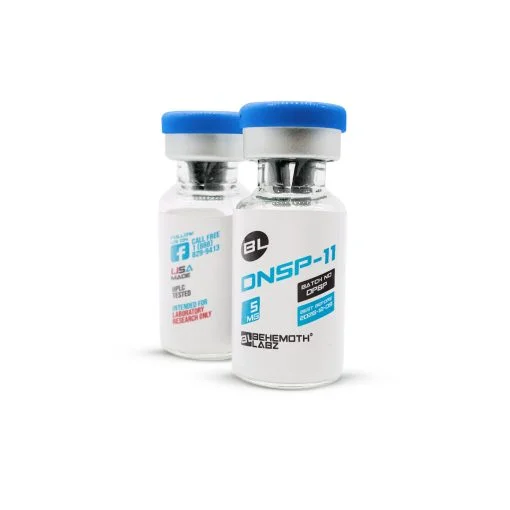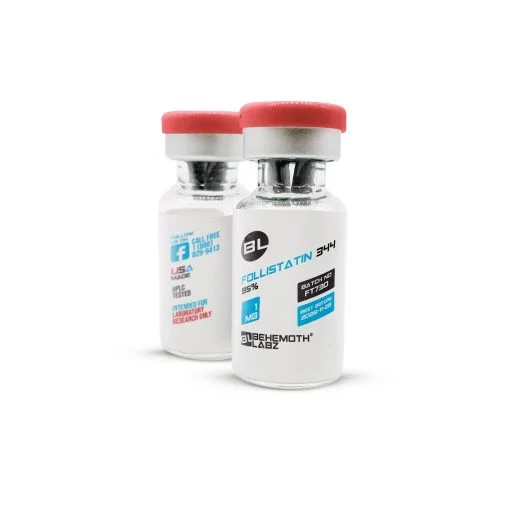What are Peptides?
Peptides consist of small chains of amino acids that are connected by peptide bonds. They usually contain 2–50 amino acid molecules, which is a building block of protein. They either exist in natural or artificial ways in the body of subjects. For instance, Insulin is one of the natural peptides found in the human body. It modulates glycemic control mechanisms. Due to their potential to be experimentally applied in biological models, various studies are being conducted to explore different peptides. In this regard, some of the studies have found that peptides may serve as modulators of myogenesis and facilitate adipose tissue reduction.
Working Mechanism of Peptides:
The working patterns of each peptide vary and depend on the type of peptide and the receptors. For instance, some peptide molecules bind with receptors and activate cell functions. Likewise, some other peptides function as endocrine signaling regulators, such as Insulin. Peptide molecules (Insulin) induce pancreatic β-cell activity to promote insulin biosynthesis, which modulates glycemic control mechanisms in the subjects. In short, the function and working mechanism differ from peptide to peptide.
Note: For those interested in exploring other research chemicals, check out our Selective Androgen Receptor Modulators (SARMs), anabolic precursors, and nutraceutical adjuncts collection. Also, visit our Merchandise section for exclusive BehemothLabz-branded laboratory-grade accessories and apparel.
Disclaimer: Our products are intended for laboratory and research use only. They are strictly prohibited for human consumption.











